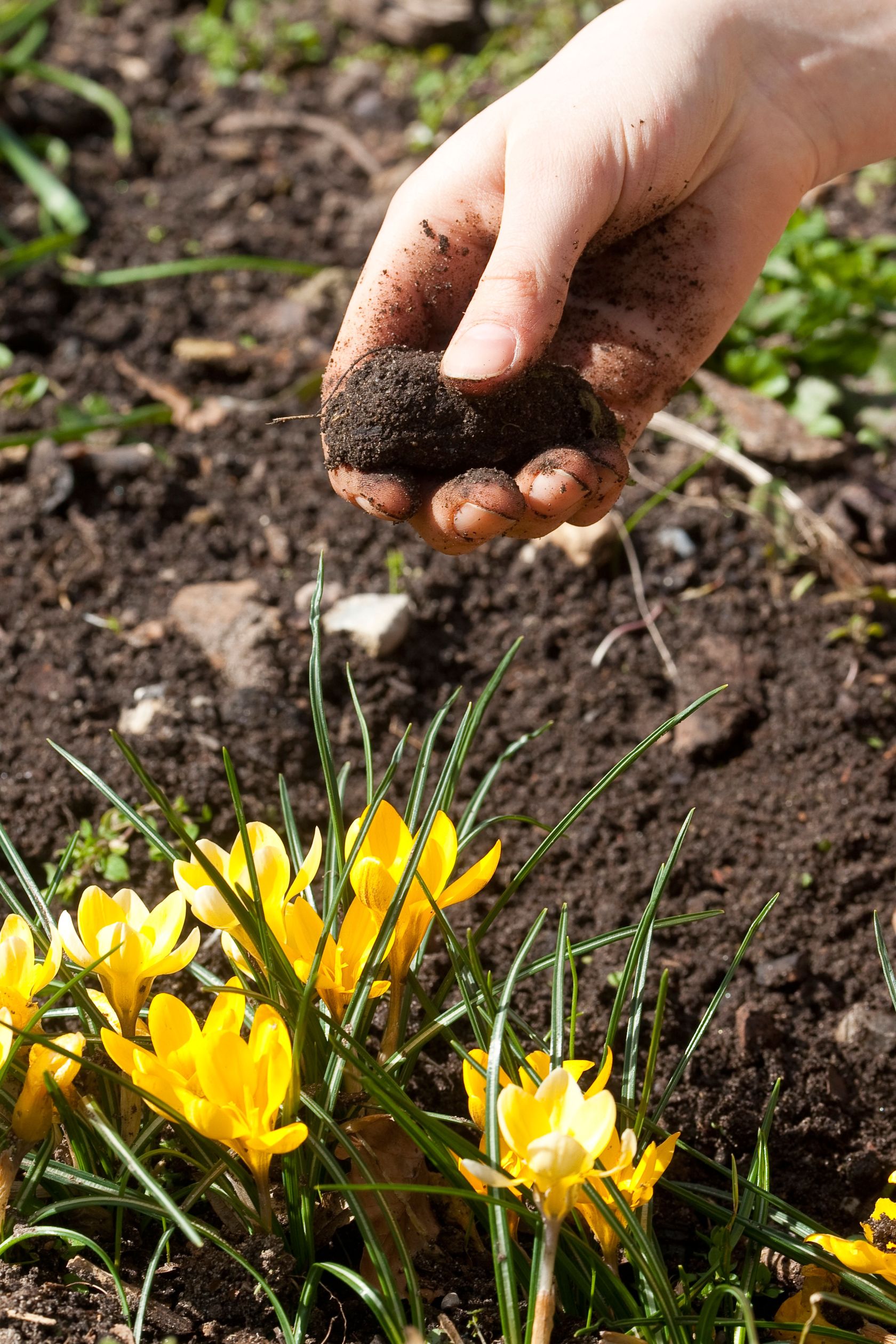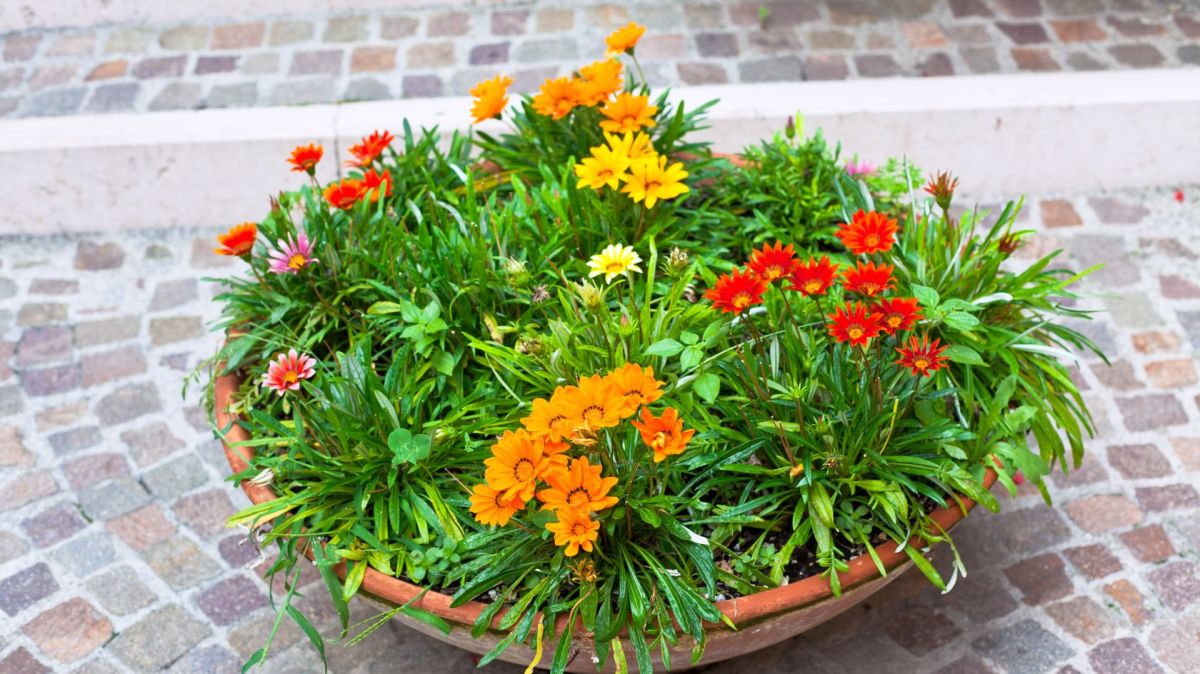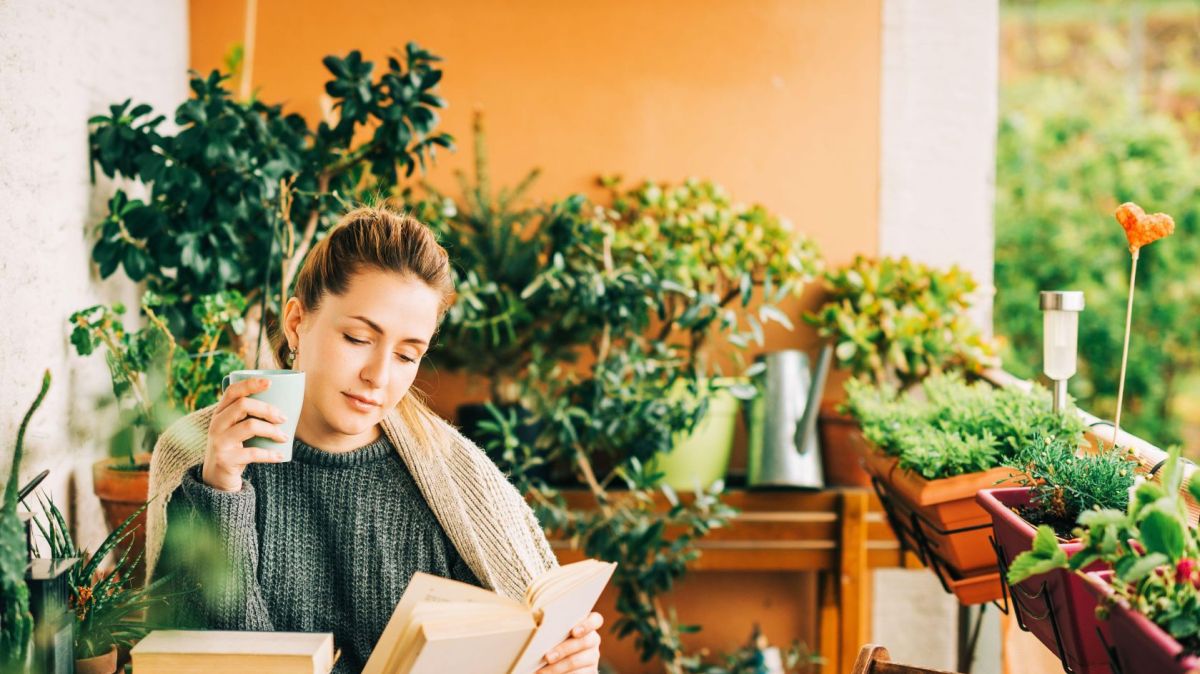Offering tips and guidance to gardening newcomers, four of this year’s RHS Chelsea Flower Show garden designers recall their own experiences and the learning curves that have made gardening a lifestyle for them.
“Gardens are meant to bring joy to both humans and wildlife, so always take time to pause and enjoy the fruits of your labour,” suggests Chelsea designer Caroline Clayton, who with her brother Peter will be designing The ME+EM City Garden in the balcony gardens category.
“I make sure to have multiple seating spots around my garden, even if it’s just a lone chair. This allows you to connect with nature and the rhythms of each day.”
Gardening doesn’t have to be about perfection, insists Chelsea Gold medal winner Tom Massey, who with Je Ahn will be designing the AI-powered Avanade Intelligent Garden.
“Some of the most interesting, joyful spaces are chaotic, full of life, and ever-changing. Don’t be afraid to experiment and don’t be afraid to fail.”
Here are a few thoughts from Chelsea designers to provide inspiration to beginners as they embark on their growing journey.
What’s one piece of gardening advice you wish someone had given you when you started out?
Tom Massey: “That failure is part of the process. When I started gardening as a child, I felt devastated when plants died – as though I’d let them down. I now realise those early failures were vital learning moments.”
Ashleigh Aylett, designer of Navium Marine: Blue Mind Garden at this year’s Chelsea: “I wish someone had told me not to worry so much about ‘doing it right’ and just give it a go. Gardening is more an art than a science – even if all the experts say ‘don’t do it that way’ sometimes not listening to the rules leads to the happiest surprises. So always give it a try, and remember that experimenting is part of the joy.”
Caroline Clayton: “Choose a few plants that complement each other, order multiples of each plant and plant them in groups repeating your mix, rather than going to the garden centre and randomly picking one of this and one of that. By selecting a few and planting them in larger quantities, you create a flow and rhythm in the planting, rather than it looking disjointed.”
What is the hardest gardening task and how do you make it easier?
Tom Massey: “A tool I’ve found really useful is the Hori Hori knife – a cross between a trowel and a knife. It’s brilliant for precise weeding and planting in tight spaces, two tasks that can often be tricky.”
Ashleigh Aylett: “For me, the hardest task is keeping everything watered. I garden on sandy soil, so moisture just vanishes in the summer heat. Even the toughest drought-tolerant plants need some TLC to get established, and lugging the hose around can feel endless. My hack? Mulch really well in spring. A thick layer of compost or bark chips is a bit of work upfront, but it acts like a protective blanket over the soil, locking in moisture and keeping roots cool.”
Jo Thompson (designer of The Glasshouse Garden at this year’s Chelsea): “Possibly pruning the huge numbers of climbing and rambling roses that I have in my own garden along walls and pergolas, because they all grow into each other. The pruning pain is worth it, but tough clothes and tough gloves are in order.”
Any hacks?
Ashleigh Aylett:“If you struggle to keep plants watered, especially in pots, take a plastic bottle, poke a few tiny holes in the cap, and bury it upside-down next to your plant. Fill the bottle with water, and it will slowly seep out right at the roots where it’s needed. It’s like a simple drip irrigation system. This trick is brilliant for keeping soil moist, and it reuses plastic bottles in a creative way.”
Tom Massey: “Mulch regularly – it saves a huge amount of time on weeding and watering, and it helps to protect and improve the soil. Group plants by water needs (known as hydrozoning) to make watering more straightforward and efficient. And if a plant is struggling – perhaps it’s too shaded, too exposed, or in the wrong soil – don’t be afraid to move it. With the right timing and technique, plants can often be successfully relocated.”
Caroline Clayton: “Think vertical. In smaller city spaces, always cover your walls with climbers. It creates a beautiful green backdrop, making you feel enveloped by nature, and it’s great for wildlife too.”


















